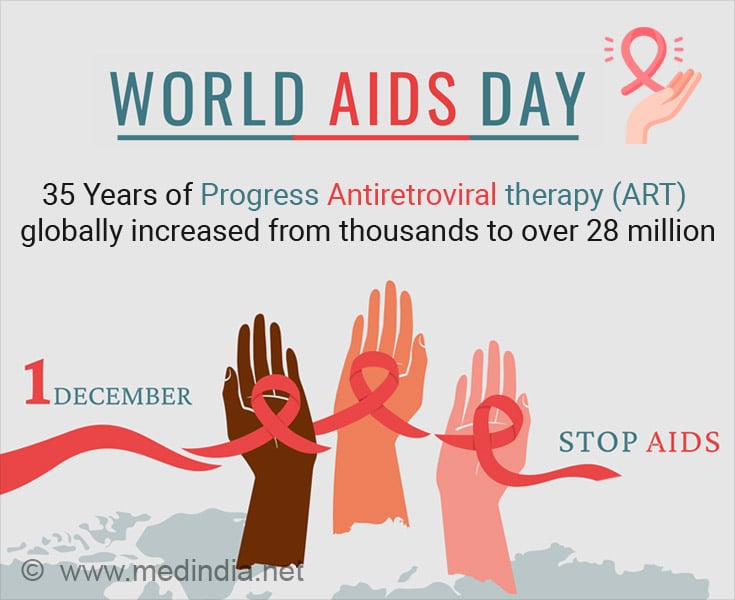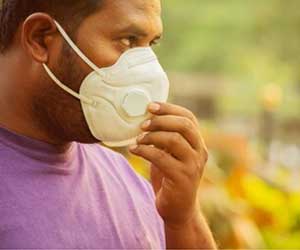Since its inception in 1988, World AIDS Day has played a vital role in raising awareness about HIV/AIDS, marking significant progress in research, treatment accessibility, and understanding of the virus.
and HIV continue to contribute to misinformation and stigma. Dispelling these misconceptions is crucial for fostering accurate knowledge about the virus.
Some common myths include the belief that HIV can be transmitted through casual contact, such as hugging or shaking hands, which is false. Another misconception is that individuals can contract HIV by sharing utensils or using public facilities, which is not the case. It is essential to promote accurate information and combat these myths to ensure a more informed and compassionate approach to HIV/AIDS awareness.
History of World AIDS Day
World AIDS Day was first observed in 1988, making this year the 35th anniversary of the event. It was established to raise awareness about HIV and AIDS on a global scale and to honor those affected by the epidemic. The day provides a platform to highlight the progress made, reflect on the challenges faced, and mobilize support for the ongoing efforts to combat HIV/AIDS.
Significance of World AIDS Day
- Global Awareness: World AIDS Day is a crucial tool for global awareness, educating people about the impact of HIV and AIDS worldwide.
- Remembrance: It serves as a solemn occasion to remember and pay tribute to individuals who have lost their lives to the epidemic and show solidarity with those living with HIV.
- Advocacy and Action: The day encourages individuals, communities, and governments to renew their commitment to the fight against HIV/AIDS through advocacy, fundraising, and community engagement.
- Combatting Stigma: Addressing persistent myths and misconceptions helps combat the stigma associated with HIV, fostering a more informed and compassionate society.
How to Contribute to World AIDS Day
- Educate Yourself and Others: Stay informed about HIV/AIDS, and understand its transmission, prevention, and treatment. Share accurate information with friends, family, and your community to dispel myths and reduce stigma.
- Support Organizations: Contribute to or volunteer with organizations working on HIV/AIDS prevention, treatment, and support services. Many organizations work to provide education, healthcare, and advocacy for those affected by the virus.
- Promote Testing and Prevention: Encourage regular HIV testing and promote preventive measures such as the use of condoms and access to pre-exposure prophylaxis (PrEP). Early detection and prevention are key components of the fight against HIV.
- Advocate for Access to Treatment: Advocate for policies and initiatives that ensure widespread access to HIV treatment and care. Support initiatives that aim to make antiretroviral therapy (ART) more accessible globally.
- Destigmatize HIV: Challenge and counteract stigmatizing attitudes and discrimination associated with HIV/AIDS. Encourage open conversations to reduce fear and misinformation.
By actively participating in these initiatives, individuals can contribute to the global effort to eliminate HIV/AIDS, support those affected, and create a more inclusive and educated society.
Advertisement
In conclusion, HIV (Human Immunodeficiency Virus) and AIDS (Acquired Immunodeficiency Syndrome) remain significant global health challenges. HIV weakens the immune system over time, and when left untreated, it can progress to AIDS, making individuals more susceptible to severe infections and cancers. World AIDS Day provides a crucial opportunity to reflect on the progress made, honor those affected, and renew our commitment to eliminating the virus.
“As we commemorate World AIDS Day, let’s stand together, dispel myths, and work towards a world free from the impact of HIV/AIDS. It begins with understanding, compassion, and action.”
Reference :
- World AIDS Day #WorldAIDSDay – (https:www.hiv.gov/events/awareness-days/world-aids-day/)
Source: Medindia



